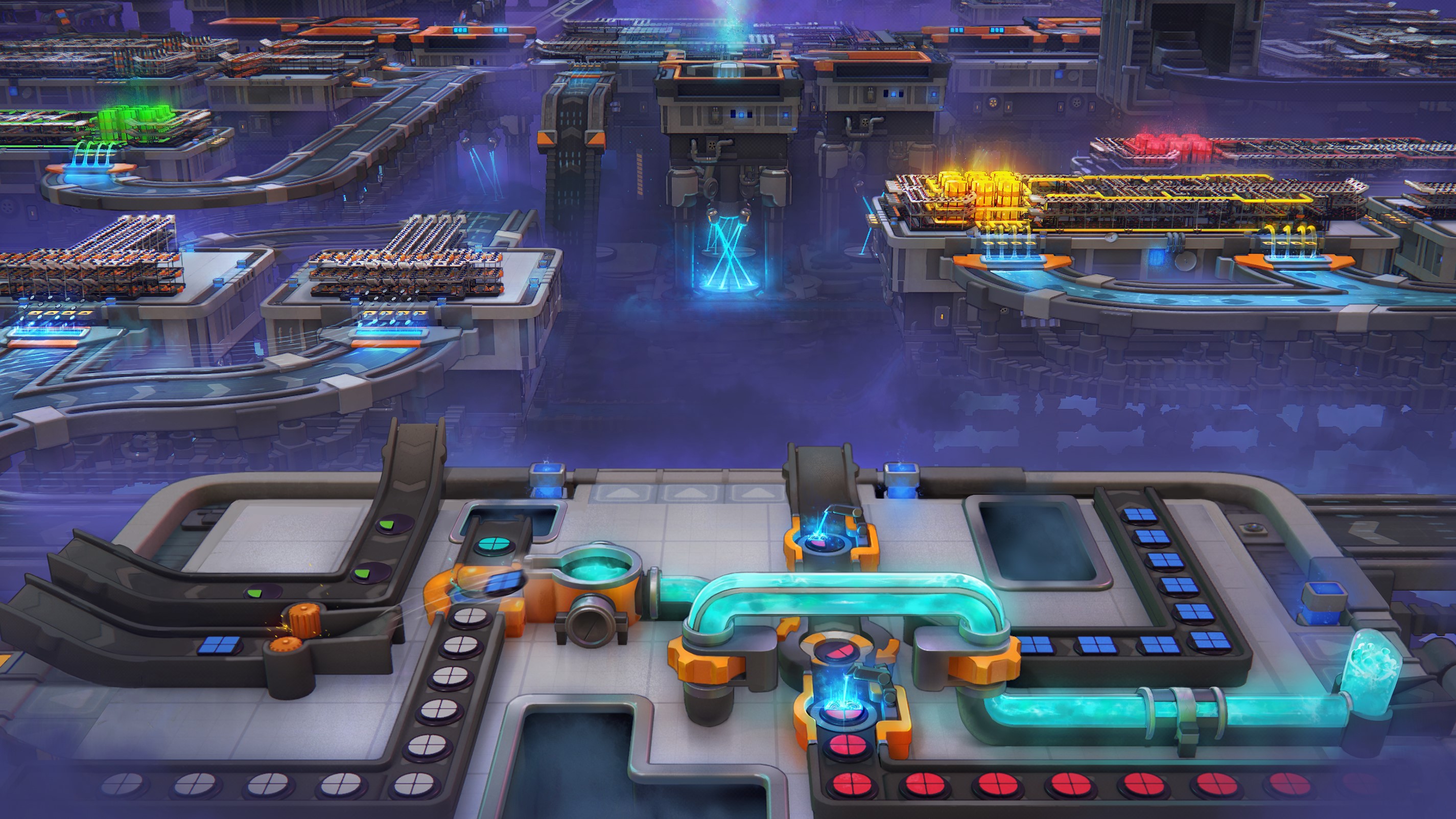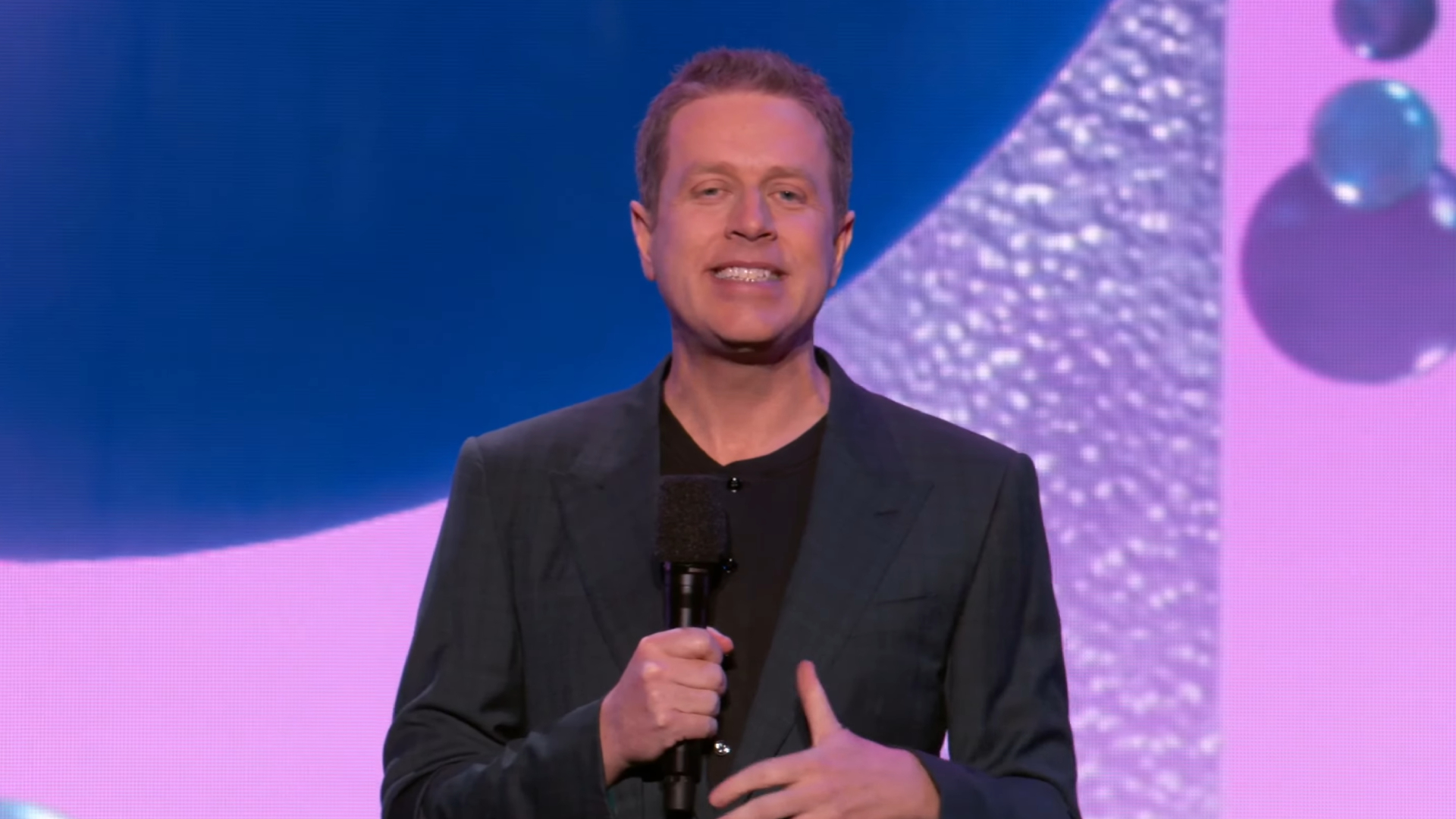
When Logitech unveiled the G Cloud Gaming Handheld last month, it turned a fair number of heads, including my own. The idea of a dedicated cloud gaming device is definitely an appealing prospect; having access to potentially thousands of high-quality games on demand without needing to wait for downloads, updates, or worry about storage is clearly the future we’re heading towards. But, the cloud gaming landscape is still a messy one in 2022. Xbox Game Pass continues to grow its subscriber base and expand to new platforms like VR, while other cloud services like Google Stadia threw in the towel after only a few short years.
This puts the Logitech G Cloud in an interesting position. It sits somewhere between streaming games to a mobile device with a dedicated controller and something with far more capability and power like the Steam Deck. However, a limited number of supported cloud services and a steep price for entry make the G Cloud feel more like a proof of concept than a true competitor.
Logitech G Cloud – Design and Features
At its core, the Logitech G Cloud is a 7-inch Android tablet built into a custom hardware shell that features everything you’d expect on a modern gaming controller, including dual analog sticks, a D-pad, four face buttons, bumpers and triggers, as well as option buttons, a home button, and what Logitech calls the G button.
Internally, the G Cloud features a Qualcomm Snapdragon 720G – a nearly three-year-old midrange 8-core processor designed for efficiency over power. Since most of the heavy lifting is done server-side for cloud gaming, this isn’t too big of an issue. However, if you plan to download and play games locally from the Google Play store, don’t expect cutting edge performance. It also has 4GB of RAM and 64GB of flash storage, with the option to expand that further via a microSD card.
The 7-inch LCD display features 450 nits of brightness and IPS technology for good viewing angles. It boasts a 1080p resolution with a 60Hz refresh rate that, honestly, is more than enough for cloud gaming. The display also supports multi-touch, so typing on the on-screen keyboard isn’t such an egregious experience, and it allows you to navigate menus with a finger, if you prefer. Some apps don’t recognize the built-in controls anyhow, so touch is your only option in those cases.
Since most of your gaming time will likely be spent streaming games as opposed to running them locally, you can expect to get roughly 12 hours of battery life from the 6,000mAh internal battery. During my experience, I found this to be pretty darn accurate with it decreasing about 5-10% for each hour of play using the Xbox Cloud Streaming app. Even better, it supports Fast Charge 3.0 via the USB-C port on the bottom, allowing you to charge from 0% to 100% in just two and a half hours. The G Cloud also claims to have around 830 hours of standby time, but that number may vary depending on how you use it. I let the handheld idle for about a week without use and came back to it completely drained. However, while using it regularly, I found it to have virtually no battery drain in between sessions – so long as I remembered to close any apps after use.
The G Cloud supports the somewhat dated WiFi 5 (802.11/a/b/g/n/ac) standard and can connect to both 2.4GHz and 5GHz networks. While not supporting WiFi 6 feels like a bit of a miss in 2022 given its increase in both speed and overall efficiency, the vast majority of home networks would also need to be updated to really see any benefit. There’s also no internal 5G radio, so taking the Logitech G Cloud on the go will require connecting to a mobile hotspot or finding WiFi somewhere in order to play. This is probably its biggest caveat – it’s designed for a future we’re not quite ready for in terms of infrastructure and accessibility. Without WiFi, the G Cloud amounts to nothing more than a pretty paperweight, unless you plan to use it for Android mobile games.
And, like many other mobile devices, the G Cloud also features a 3D gyroscope and haptic feedback, although this wasn’t supported during any of my cloud gaming sessions, and only seems to work with native Android apps and games.
On the bottom of the Logitech G Cloud, you’ll find a set of stereo speakers, a headphone jack, and a USB-C port for charging that also supports USB-C digital headphones for audio. It also supports Bluetooth headphones and has a stereo microphone built-in that provides limited echo canceling and external noise suppression.
The G Cloud is pretty lightweight at 463 grams, with most of the weight distributed between the left and right grips. This makes it just a bit heavier than the Nintendo Switch OLED that weighs in at about 422 grams with both Joy-Con attached, while being significantly lighter than the Steam Deck’s beefy 669-gram weight. All things considered, the G Cloud is comfortable to hold for extended periods as it features rounded edges and textured ergonomic grips that contour to your hands.
Logitech G Cloud – Software
The Logitech G Cloud ships with Android 11 for its OS – an odd choice given Android 13 was just released on some devices a couple months ago, but I imagine most users won’t be looking for the latest Android features, anyhow. While you can use the G Cloud in “Tablet Mode” to enable a full Android 11 tablet experience, it’s recommended to play in “Handheld Mode” that overlays a dedicated launcher akin to the Nintendo Switch home screen, including a series of tiles cascading horizontally in order of most recent use to give it more of a console feel.
Booting it up for the first time required configuring the device with my Google account before being offered the option of booting into the aforementioned Handheld or Tablet Modes. It comes preloaded with the Xbox Cloud Streaming (beta) and Nvidia GeForce Now apps, as well as the standard Xbox and Steam Link apps for streaming locally. In addition to the four gaming options, you’ll also find the standard preinstalled suite of Google apps such as Chrome, Calendar, Contacts, Maps, etc., all of which unfortunately cannot be removed from the device.
With the Google Play Store available, you can download just about any other app you might possibly want, such as Netflix, Disney+, or the near-endless stream of Android shovelware games. However, despite being marketed as a cloud streaming device, apps such as PlayStation Remote Play and Amazon Luna didn’t recognize the built-in controller, and only offered the option to use touchscreen controls or pair a separate Bluetooth controller for gaming. It’s hard to say if any additional cloud or local game streaming apps will be supported in the future, but currently you’re stuck with the four mentioned above.
Even with the included apps, there doesn’t seem to be any deep integration from Logitech to make it feel like those experiences were tailored around this unique device. For instance, the Xbox Cloud Streaming app that comes preinstalled on the G Cloud is actually just a shortcut to the browser version accessible via xbox.com/play, while another totally separate Xbox Game Pass app is available through the Google Play Store, albeit with a slightly different user interface designed around mobile devices. Clicking any of the links at the bottom of the page will effectively break the app since there’s no back button, and you’ll have to either close the app and relaunch it, or manually navigate through Microsoft’s website back to the Xbox Cloud Streaming (beta) page.
The Nvidia GeForce Now app wasn’t much better, either. Upon launching it and signing in with my Nvidia account, I was told I didn’t have a subscription and it kicked me back to the login screen without any option to sign up or try the service for free. Instead, I had to go to the Nvidia website and sign up there, return to the G Cloud, and sign back in before I could start gaming. For a device designed around spontaneity, it sure feels like you have to jump through a lot of hoops to actually get to your games.
The settings app offers some limited customization options in Handheld mode such as a light and dark theme and four wallpapers to choose from. There doesn’t appear to be any options to customize further or add your own custom wallpapers, though. Additionally, there’s a section for remapping every button on the device except for the G button.
Logitech G Cloud – Gaming
I’ll preface this section by stating that since this device is primarily intended for cloud streaming, your personal experience can (and probably will) vary depending on a number of factors – namely your network speeds and location. During my testing, I was connected to a network with 300Mbps download and 20Mbps upload speeds, so my environment is more than capable of streaming games over WiFi.
I spent most of my time testing various games through the preinstalled Xbox Cloud Streaming app. Navigating the menus to find a game to jump into was intuitive and I had no issues with it recognizing the built-in gamepad. Launching a game took about 20-30 seconds while it connected to the Xbox servers, and then I was in.
There’s still something magical about having big, beautiful games such as Halo Infinite and Forza Horizon 5 available in the palm of your hand. Streaming through Xbox Game Pass felt very similar to the experience I’ve had testing a number of mobile game controllers, except this felt much sturdier and had a significantly larger screen. While this may not seem like much, it definitely makes it feel more like a dedicated experience since I wasn’t getting distracting notifications every few moments and the controls felt much more in line with a console-like experience.
Although the G Cloud is primarily made out of plastic, it still feels rigid and well-built. The controls all feel great, too, with comfortable thumbsticks, a clicky D-pad, and responsive face buttons. The triggers are a bit wider and shallower than what you’d find on a traditional gamepad, but they are analog and thus give you more control over your speed in a game like Forza Horizon 5. My only issue with the controls is how close the A button is to the right analog stick. Since the analog stick sits directly below the A button with about a half-inch clearance, it’s not uncommon to accidentally bump the stick during gameplay, which might throw off your aim in a fast-paced shooter or action game.
My biggest takeaway from spending so much time with a dedicated cloud device was realizing not all games are intended to be streamed to a small screen. Doom Eternal, for example, ran extremely well and was consistently hitting or close to its 60 fps target with no discernable latency with regards to the controls. However, much of the on-screen text and icons were almost illegible since you lose a bit of clarity when streaming games over WiFi, not to mention scaling everything down to a 7-inch display. When running around in other fast-paced shooters such as Deathloop and Halo Infinite, there was definitely a good amount of artifacting as it tried to keep up with everything happening on-screen.
I downloaded the PlayStation Remote Play app from the Google Play Store hoping to stream some games from my PS5, but found upon launching the app that it didn’t recognize the built-in gamepad, and instead offered touchscreen controls or the option to pair a separate Bluetooth controller. While this may be resolved later with a software update, there doesn’t seem to be much integration from the Logitech side to ensure apps recognize the controller by default. For now, being limited to two cloud streaming services (Xbox Cloud Streaming and Nvidia GeForce Now) and two local options (Xbox and Steam Link) seems a bit disappointing given the intended use for this handheld.
What’s even more baffling is that none of the games I downloaded from the Google Play Store such as Apex Legends Mobile and Call of Duty Mobile recognized the built-in gamepad, either, meaning I was relegated to touch controls, which aren’t very practical given the width of this device. I understand that this is a cloud-first device, but limiting the local options to touchscreen-only further reduces the usefulness of it when outside of an area with a WiFi connection.
Another issue, although small, is the inability to remove any of the preinstalled Google apps. Since this is an Android experience at the core, so much of it feels overshadowed by Google. The 15+ Google apps update frequently, which inevitably push the limited amount of gaming services off the home page launcher and leave you with numerous tiles for things like Maps, Messages, and other services you (likely) aren’t trying to use. The last thing I want to do is check the messages folder on the home screen and find a bunch of emails I’m not interested in. When in Handheld mode, I would’ve liked the option to disable Google services or specific apps to keep it more focused on gaming.
Purchasing Guide
You can purchase the Logitech G Cloud Gaming Handheld directly from Logitech, Best Buy, or through Amazon for a MSRP of $349.99.






